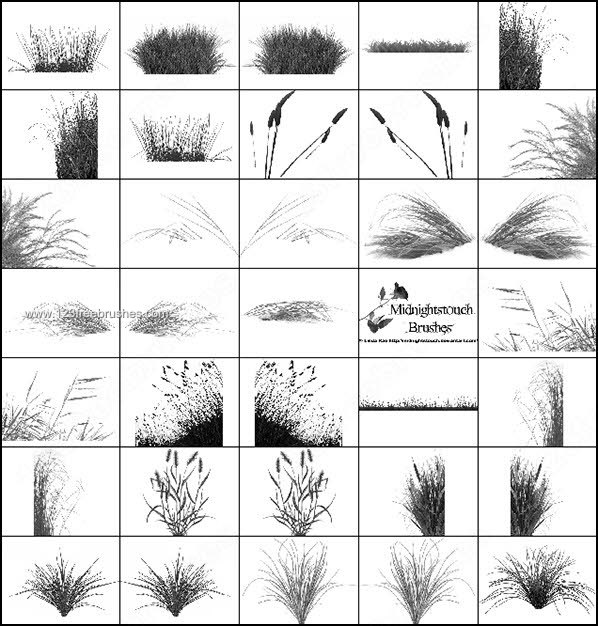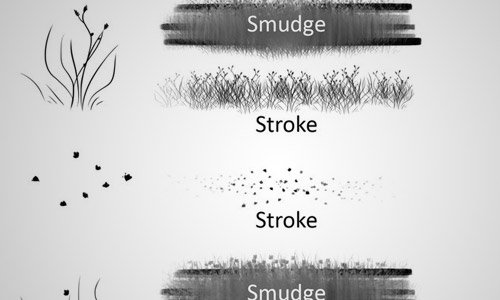

It looks absolutely horrible, but once baked to the lighting probes, it actually creates quite a pleasing light. In engine the the fame HDR is set to the emissive channel of a lit texture with intensity of 10. This is where the fake HDR image will come in handy. Almost all of the lighting will come from the painting. There will not be much of actual direct lighting in the scene.

This will be used to actually render the lights on the characters moving trough the scene. The next step is to create a light probe group. The only reason for this light is to provide shadow information for my custom shader. There is one spotlight in the scene, but its intensity is so low it is not visible on the surfaces. This time we will do the lighting differently! With a couple of clicks we have the 3D version of the scene in Unity complete with hand painted shadow pass. This post details the Blender step in more detail. The modeling and texturing steps with this scene are the exact same ones that I have to go trough each time a new location is created. The simple location 3D mesh in Blender Final, subdivided mesh Once that is done, the file is ready to be imported to Blender 3D. Thus broadening the dynamic range of the image by 6x, even though I will only store the file as an 8bit psd.įiguring out the perspective for 3D modeling in fSpyĪgain, the 3D vanishing point needs to be determined with fSpy. Then I will take a duplicate of the original image, place it on top of the black layer and using the blending options’ blend if -feature I will only expose the bright areas of this layer. Fake HDRįor this special map, I will add a black layer on top of the image and set its opacity to 80%. WIthout this step the probe data is a bit bland, as the source material is not HDR. We need to overdrive the bright areas for the probes to have more pop. A fake HDR map for broadening the lighting dynamic range. This brings back all the lost detail into the painted shadows.įor the light probe based lighting, we will need a new texture. After this, I desaturate the layer and apply a “high pass” filter on it to only show the details of the image. Base shadow High pass appliedĪfter this, I duplicate the original painting, and then using the “create clipping mask” command I nest this painting in the shadow layer. First I create a layer with darken mode on, the with a very soft brush with very low flow I color pick nearby shadow areas and paint over all directional light areas the player is likely to cast shadow on. The shadow pass painting is getting super easy. It would be a perfect candidate for light probe baking. For this test, I chose a simple night-time kiosk location.


 0 kommentar(er)
0 kommentar(er)
